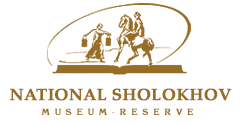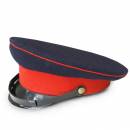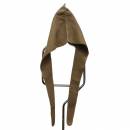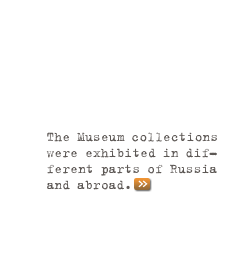Museum Collection
The MenвАЩs Headwear
Cossack men’s headwear is a special part of their clothes. It was believed “to continue the head” and showed the Cossack membership.
A service cap is an obligatory article of a Don Cossack outfit. It symbolizes the Cossack’s membership of the army.
At the Krug sessions out-of-towners and guests were to be bareheaded, but the Cossacks were to wear service caps. A service cap was taken off at supplication, oath and when speaking at the Krug session. At home the service cap was hung up in the most conspicuous place, and in a widow’s house it was put under the icon.
A hood was one of the obligatory articles of the military winter outfit of the soldiers. A hood, as a rule made of cloth, was thrown on the back of a great-coat or bekesha to be worn in inclement weather. The ends of the hood were passed under the shoulder-pieces and fixed with the belt. Many Cossacks believed the hood to have a symbolic meaning. Depending on the way the hood was tied up one could learn about the age of the Cossack: if tied up on the chest, it meant, that the Cossack had completed his military service; if crossed on the chest, it meant, that he did his military service and was sent off on special service; the hood ends passed under the belt meant that the Cossack did his combatant service. When in horse order or in free time the hood ends were thrown backward.
A wide use of the hood was promoted by the neighbouring Caucasian people, whom from the most efficient costume elements were borrowed. In 1862 the hood was introduced as a uniform article in the armies of the Don and Terek Cossacks.












